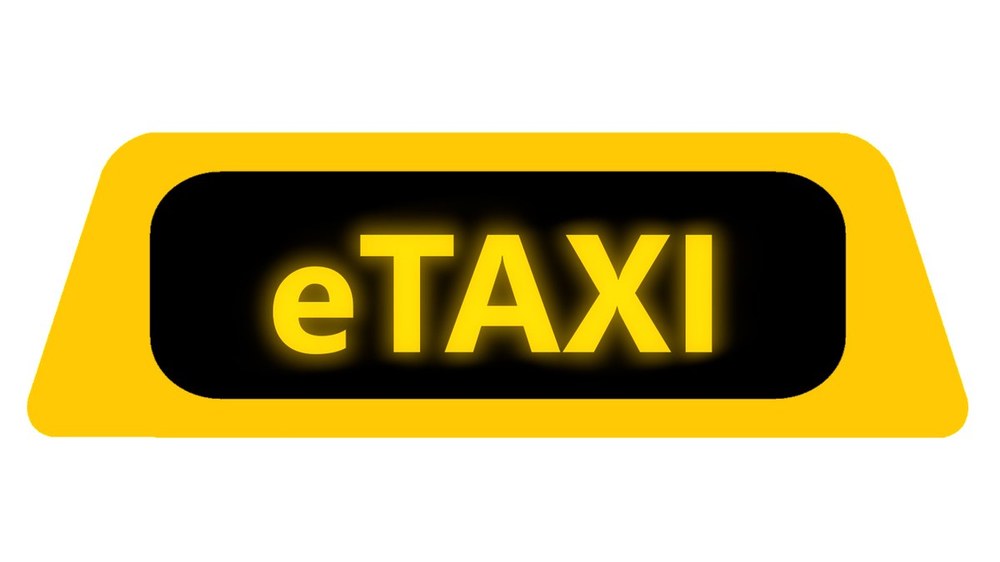Potential e-Taxis
Commercial and private transport are different, especially in how vehicles are used. This is primarily due to variations in economic sectors and their respective operating concepts. Up to now, the focus for planning and developing public charging infrastructure has primarily been on individual, private transport. To meet the increasing demand for charging infrastructure in the commercial transport sector, the requirements of relevant stakeholders must be determined. Requirements particularly relate to the charging location, charging capacity, reservation options and time slots for charging. One key objective is to maximise the utilisation of charging infrastructure through the combined involvement of stakeholders in both private and commercial transport. Furthermore, economic stakeholders are placing new demands on reservation options, billing systems and the availability of charging infrastructure. As part of our research into charging infrastructure for commercial transport, we are investigating patterns of vehicle use and charging preferences. Based on this data, charging requirements can be determined and the potential for multiple use can be identified.
Analysing requirements for the transformation of the taxi industry
The Potential e-Taxis project uses three empirical formats to analyse the requirements of the taxi industry for transitioning to e-taxi operations:
- Taxi drivers are asked about their expectations for the successful use of electric powertrains in the taxi industry.
- Taxi drivers who have purchased an electric vehicle share their personal experiences, opportunities and the problems they have encountered.
- The DLR MovingLab collects driving profiles and links them with survey elements on travel purposes and charging preferences, thereby enabling an in-depth analysis of mobility behaviour.
- The charging demand is determined and mapped using the Institute's proprietary charging demand model called CURRENT. In addition, the cost-effectiveness of e-taxis is compared with that of conventional taxis.



